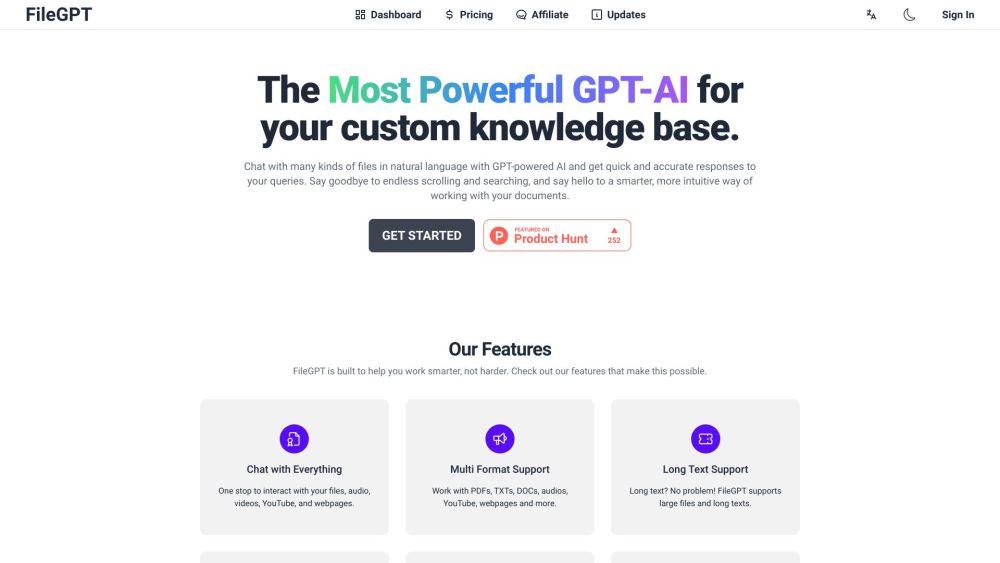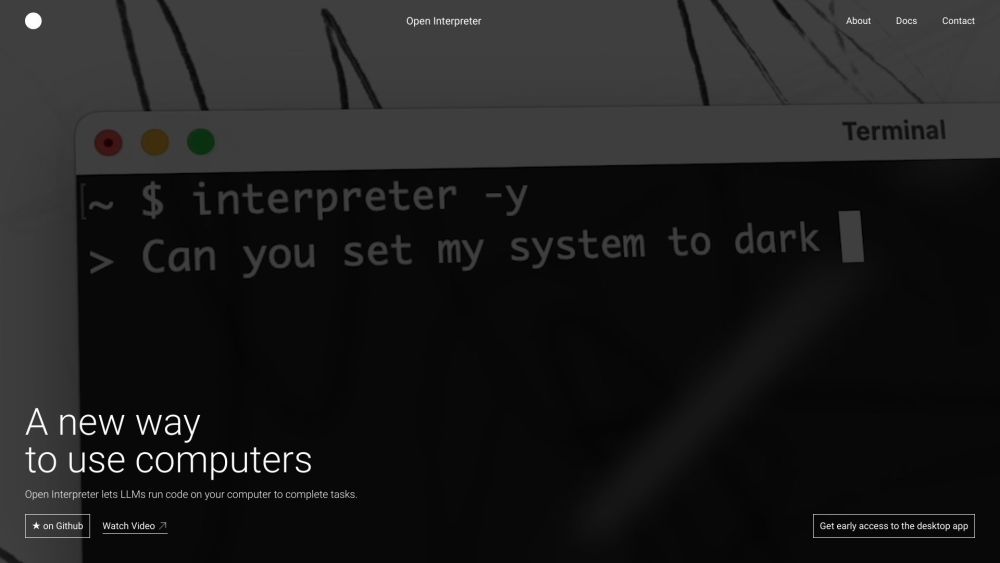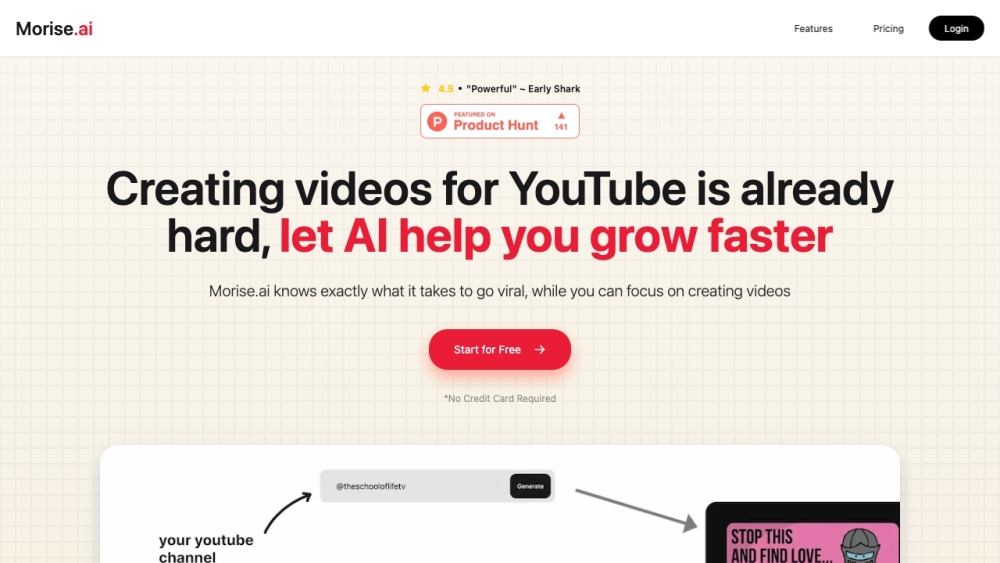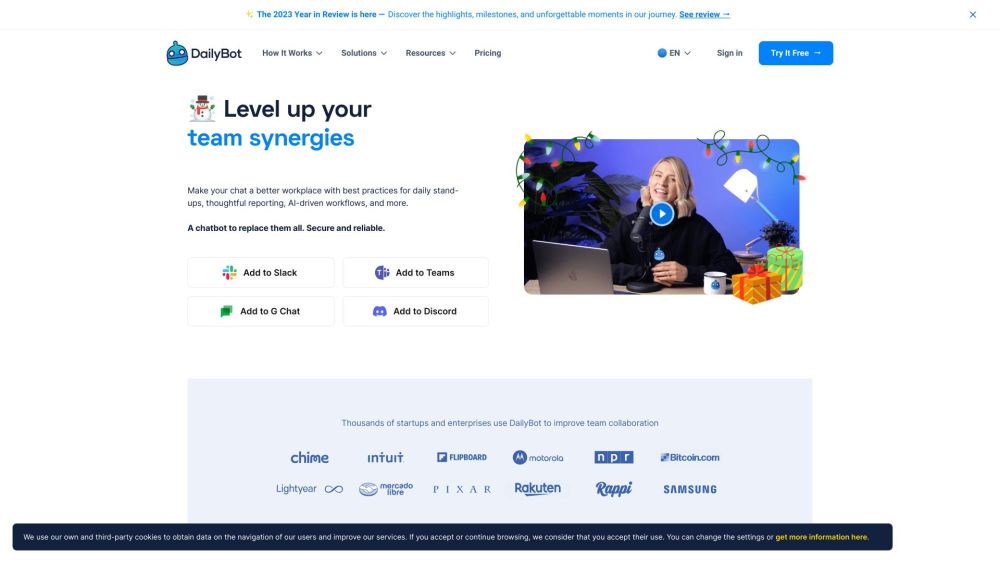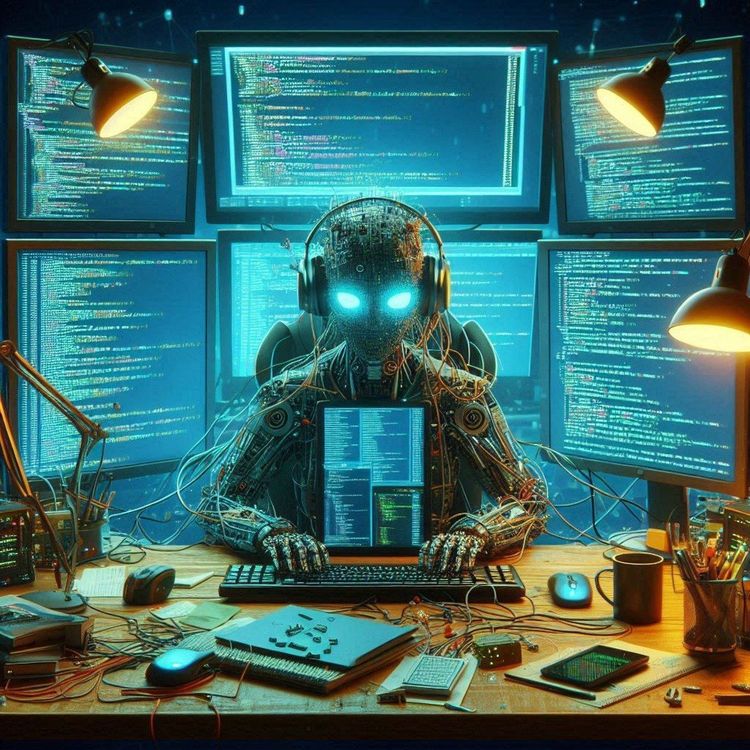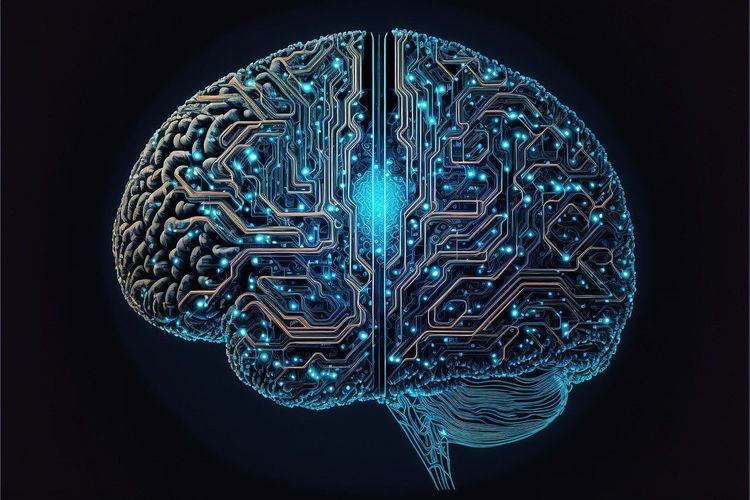The Evolution of Software Documentation
Software documentation—resources that explain how software operates and how to use it—has witnessed significant transformation over the past few decades. Once primarily available as static PDFs and plain text, today’s documentation is more interactive and user-friendly.
However, creating high-quality documentation remains a considerable challenge. Developers and entrepreneurs Han Wang and Hahnbee Lee have personally felt this struggle.
“In the 2010s, companies like Stripe, HashiCorp, and Twilio elevated the standard for developer content,” Wang noted. “They demonstrated that an exceptional developer experience is not merely a commodity but a vital competitive edge. Since then, every company has sought to catch up, but that’s no easy feat.”
Motivated by the desire to simplify the documentation process for themselves, Wang and Lee founded Mintlify. This innovative platform offers documentation authoring tools, including features that automatically generate documentation from codebases.
“The expectations for documentation are rising yet again in the 2020s,” Wang stated. “This time, it’s not just about user interface; it’s about how developers and editors engage with content through AI technologies.”
A Vision Powered by AI
Wang and Lee crossed paths during their time at Cornell University, where Lee studied computer science and Wang pursued a degree in information science. Wang launched two startups during his academic journey: FoodFul, a remote livestock monitoring system, and People, a platform for building customer communities. Following the acquisition of People by user engagement firm Bettermode, Wang transitioned to Bain Capital Ventures as a partner.
In 2021, shortly after Wang left Bain, he and Lee conceived the idea for Mintlify. They secured seed funding from Bain—leveraging Wang's industry connections—as well as investments from other partners, including Sourcegraph co-founder Quinn Slack, to develop their platform into a flourishing business.
Mintlify supports developers in crafting guides, API references, SDK documentation, and chatbots powered by OpenAI’s API, effectively elucidating their software and services. The platform features built-in components and templates for basic formatting and organizes documentation for seamless embedding in a codebase.
To ensure documentation remains relevant, Mintlify routinely scans for outdated content and analyzes user engagement, offering insights for enhancing readability.
Addressing Automation Criticism
Despite its benefits, Mintlify's automation features have faced some critiques. Tim Anderson from DevClass noted that Mintlify sometimes inserts comments into codebases that offer “little value,” and in one case, repeated an inaccurate statement multiple times. Others have also pointed out that Mintlify struggles with poorly written or disorganized code.
Wang remains optimistic about the platform’s AI capabilities, emphasizing that human input in documentation creation remains crucial. “We believe that AI is reshaping the role of content. Documentation will evolve in real time, informed by support messages, codebases, and product feedback,” Wang explained. “AI assistance will help companies create technical content automatically based on product updates and user insights.”
A Growing Business Landscape
Mintlify isn’t alone in seeking to transform how developers create and share technical documentation. Competitors like Guidde generate software documentation videos using AI, while Documatic automatically produces changelogs and explanations in addition to documentation.
When prompted about competitors, Wang highlighted Mintlify's impressive client roster, which features names like Anthropic, Cursor, Perplexity, Zapier, Polymarket, Fidelity, and over 3,000 additional brands. “Mintlify’s tools reach more than 1.5 million developers each month,” Wang estimated.
He hinted at further differentiating enhancements for Mintlify’s platform on the horizon. “Every documentation set now needs an AI chat feature to answer real-time questions, and we plan to delve deeper into that functionality. Content creation will also evolve, powering support systems, chatbots, and generative AI models. Ultimately, documentation will become personalized for every user.”
To support this ambitious vision, Mintlify recently completed an $18.5 million Series A funding round led by Andreessen Horowitz, with contributions from Bain and Y Combinator. As a part of the agreement, Andreessen Horowitz general partner Jennifer Li will join Mintlify's board. This latest funding brings the total raised by Mintlify to $21.7 million, which Wang plans to channel into expanding their 11-person team and enhancing product development.
“We have consistently focused on operating efficiently,” Wang stated. “While we didn’t necessarily need to raise funds, we strategically chose to do so to spur further growth.”
